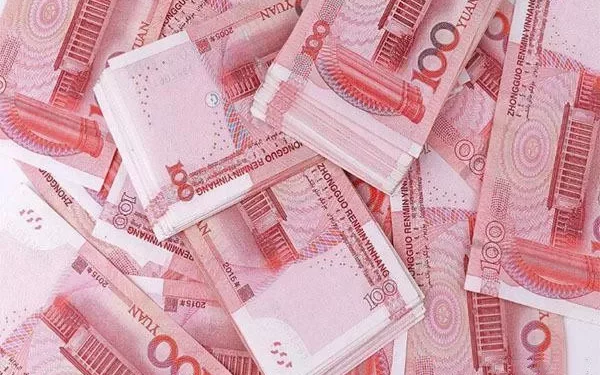Introduction to Exchange Rates:
Exchange rates play a pivotal role in the global economy, acting as the mechanism by which one currency is converted into another. They are crucial in facilitating international trade and finance, as well as influencing investment flows between countries. Exchange rates determine the value of one currency in terms of another and are subject to constant fluctuation due to various factors.
The Chinese Yuan (RMB), also known as Renminbi, and the Philippine Peso (PHP) are two significant currencies in the Asian region. The RMB is the official currency of the People’s Republic of China, while the PHP is the official currency of the Philippines. Both currencies have their own unique economic characteristics and are integral to their respective countries’ economic landscapes.
Current Exchange Rate:
As of the latest data available, the current exchange rate for 20 Chinese Yuan (RMB) to Philippine Pesos (PHP) is 156.07. It is important to note that exchange rates are not static and can fluctuate frequently due to market dynamics such as supply and demand, economic indicators, geopolitical events, and central bank policies.
Factors Affecting Exchange Rates:
Several factors influence the RMB-PHP exchange rate. Economic indicators such as GDP growth, inflation rates, and trade balances can affect investor sentiment and influence currency values. Geopolitical events, such as trade disputes or political instability, can also impact exchange rates by creating uncertainty in the market.
Central bank policies, including interest rate decisions and interventions in the foreign exchange market, play a significant role in shaping exchange rate movements. For example, if the People’s Bank of China (PBOC) decides to intervene in the foreign exchange market to weaken the RMB, it could lead to a depreciation of the currency against the PHP.
Supply and demand dynamics also play a crucial role in determining exchange rates. If there is high demand for Chinese goods and services in the Philippines, it could lead to an increase in demand for RMB, causing its value to appreciate relative to the PHP.
Historical Trends:
Analyzing historical trends in the RMB-PHP exchange rate provides valuable insights into past movements and can help forecast future trends. Over the past months or years, the RMB-PHP exchange rate may have experienced significant fluctuations or remained relatively stable depending on various factors.
See Also:Current RMB Exchange Rate: Converting 25 Yuan to USD
For instance, during periods of economic uncertainty or geopolitical tensions, investors may flock to safe-haven currencies, causing the RMB to depreciate against the PHP. Conversely, during times of economic growth and stability, the RMB may strengthen relative to the PHP as investor confidence in the Chinese economy increases.
Currency Conversion Scenarios:
Practical scenarios for currency conversion, such as converting 20 RMB to PHP for travel expenses or business transactions, are common occurrences for individuals and businesses operating in international markets.
Online currency converters provide a convenient way to calculate exchange rates and convert currencies. Step-by-step instructions typically involve selecting the desired currencies (RMB to PHP), entering the amount to be converted (20 RMB), and viewing the converted amount in PHP.
Comparison with Other Currencies:
Comparing the RMB-PHP exchange rate with other major currencies such as the US Dollar (USD) or Euro (EUR) provides context for understanding its relative strength or weakness.
For travelers, a favorable exchange rate can mean lower costs when converting RMB to PHP for vacation expenses in the Philippines. Similarly, for investors and businesses engaged in trade between China and the Philippines, exchange rate fluctuations can impact the profitability of transactions and influence strategic decision-making.
In conclusion, the RMB-PHP exchange rate is influenced by a myriad of factors including economic indicators, geopolitical events, and central bank policies. Understanding these factors and monitoring historical trends can help individuals and businesses navigate the complexities of the foreign exchange market and make informed decisions regarding currency conversion and international transactions.
Related Topics:


























